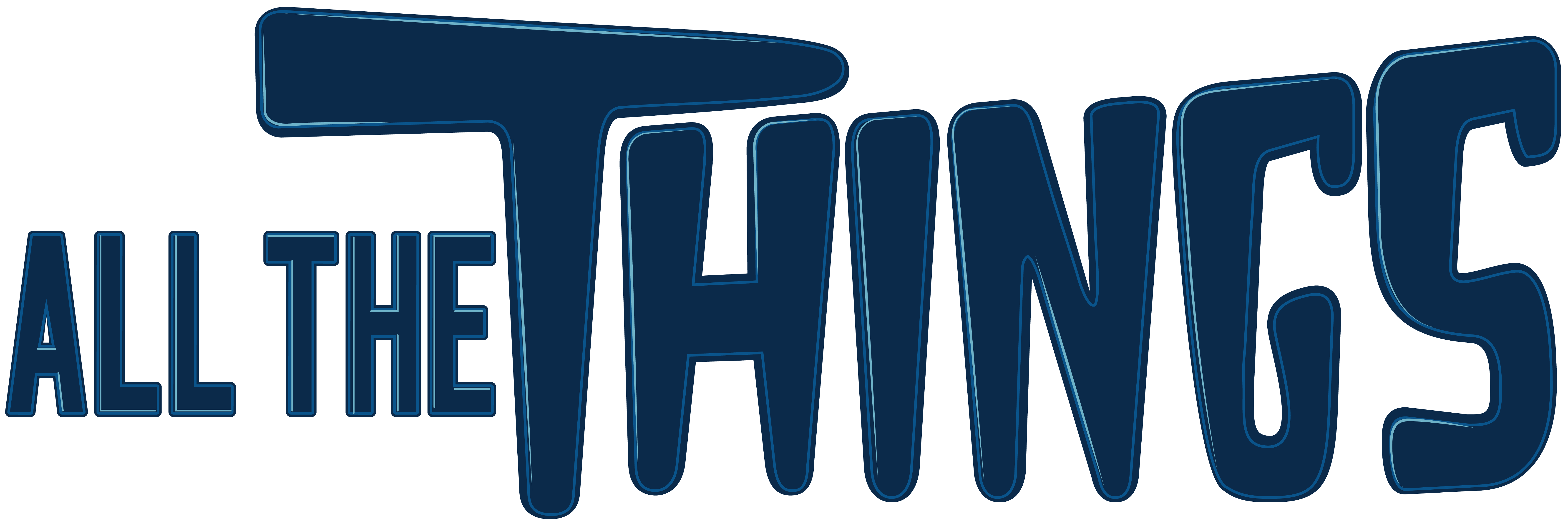Introduction:
Compression is an essential tool in the world of audio production, helping to control dynamics and shape the sound of recordings. With the advent of digital audio workstations (DAWs), engineers now have access to both software plugin compressors and hardware outboard compressors. In this blog post, we'll delve into the debate of DAW plugin compression versus outboard compression, exploring the pros and cons of each approach and helping you navigate the compression landscape.
DAW Plugin Compression:
DAW plugin compressors offer a convenient and flexible solution within the digital domain. They come in a variety of flavors and emulate classic analog compressors, offering a wide range of compression styles. Here are some advantages of using DAW plugin compression:
Accessibility and Convenience: DAW plugin compressors are readily available within your recording software, eliminating the need for additional hardware and cabling. They can be easily inserted into any track or bus, providing quick and efficient control over dynamics.
Versatility and Flexibility: Plugin compressors offer a vast array of features, allowing for precise control over attack, release, ratio, and threshold settings. They often include additional parameters like sidechain filters, mix controls, and different compression modes. This versatility allows for creative experimentation and fine-tuning to achieve desired results.
Recallability and Automation: Plugin compressors within a DAW offer the benefit of instant recallability. Settings can be saved and recalled for future sessions, ensuring consistency across multiple recordings. Furthermore, automation features in DAWs enable dynamic changes to compression settings over time, adding a level of precision that can be challenging to achieve with outboard gear.
Outboard Compression:
Outboard compression refers to using hardware compressors, typically in the form of standalone units or rack-mounted gear. These analog devices have been a staple in recording studios for decades. Here are some advantages of using outboard compression:
Sonic Character and Warmth: Outboard compressors are renowned for their unique sonic characteristics and the warmth they impart on recordings. They can add subtle coloration, harmonic saturation, and a certain vintage charm that some engineers find desirable. Analog compressors are often praised for their musicality and ability to enhance the overall sound with their characteristic "glue."
Hands-On Control: Outboard compressors offer physical knobs and controls that provide tactile feedback, allowing for immediate adjustments and precise parameter manipulation. Many engineers prefer the hands-on experience and the intuitive nature of twisting knobs to shape the sound.
Analog Signal Path: Using outboard gear introduces the audio signal to an analog path, which can result in subtle sonic enhancements. Some engineers argue that the analog circuitry of outboard compressors imparts a certain depth and dimension that is hard to replicate with digital plugins.
Conclusion:
The debate between DAW plugin compression and outboard compression ultimately comes down to personal preference, workflow, and the desired sonic outcome. DAW plugin compression offers convenience, versatility, and recallability, while outboard compression provides unique analog character, hands-on control, and the allure of a physical signal path.
It's worth noting that both approaches can yield excellent results, and the choice depends on the specific project, artistic vision, and available resources. Many engineers combine the best of both worlds by utilizing plugin compressors within the DAW for flexibility and automation, while incorporating outboard compressors during mixdown or mastering stages to add that analog touch.
Ultimately, the key is to experiment, trust your ears, and find the compression approach that best suits your creative process and helps you achieve the desired sonic impact. Whether you opt for the convenience of digital plugins or the warmth of analog outboard gear, compression remains an invaluable tool in shaping the dynamics and enhancing the overall quality of your recordings.

